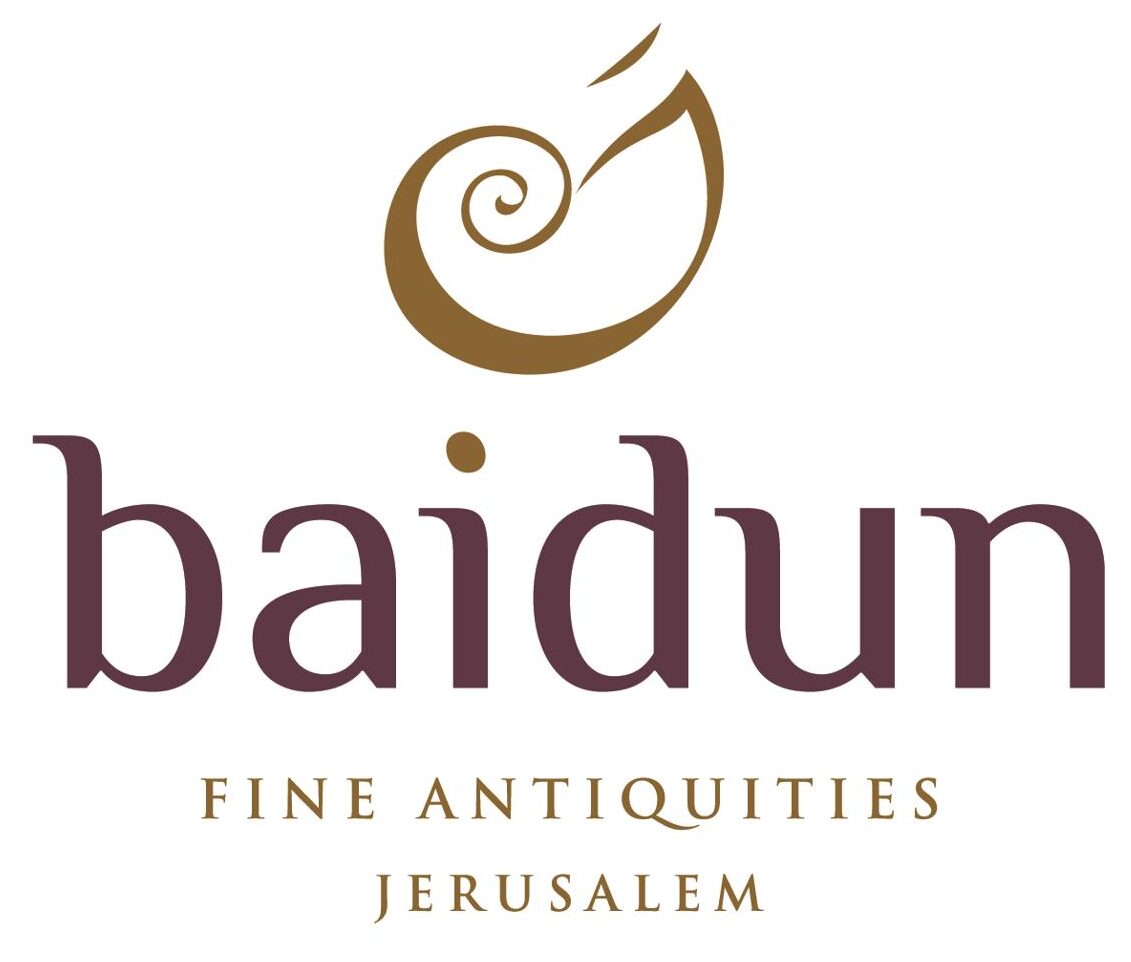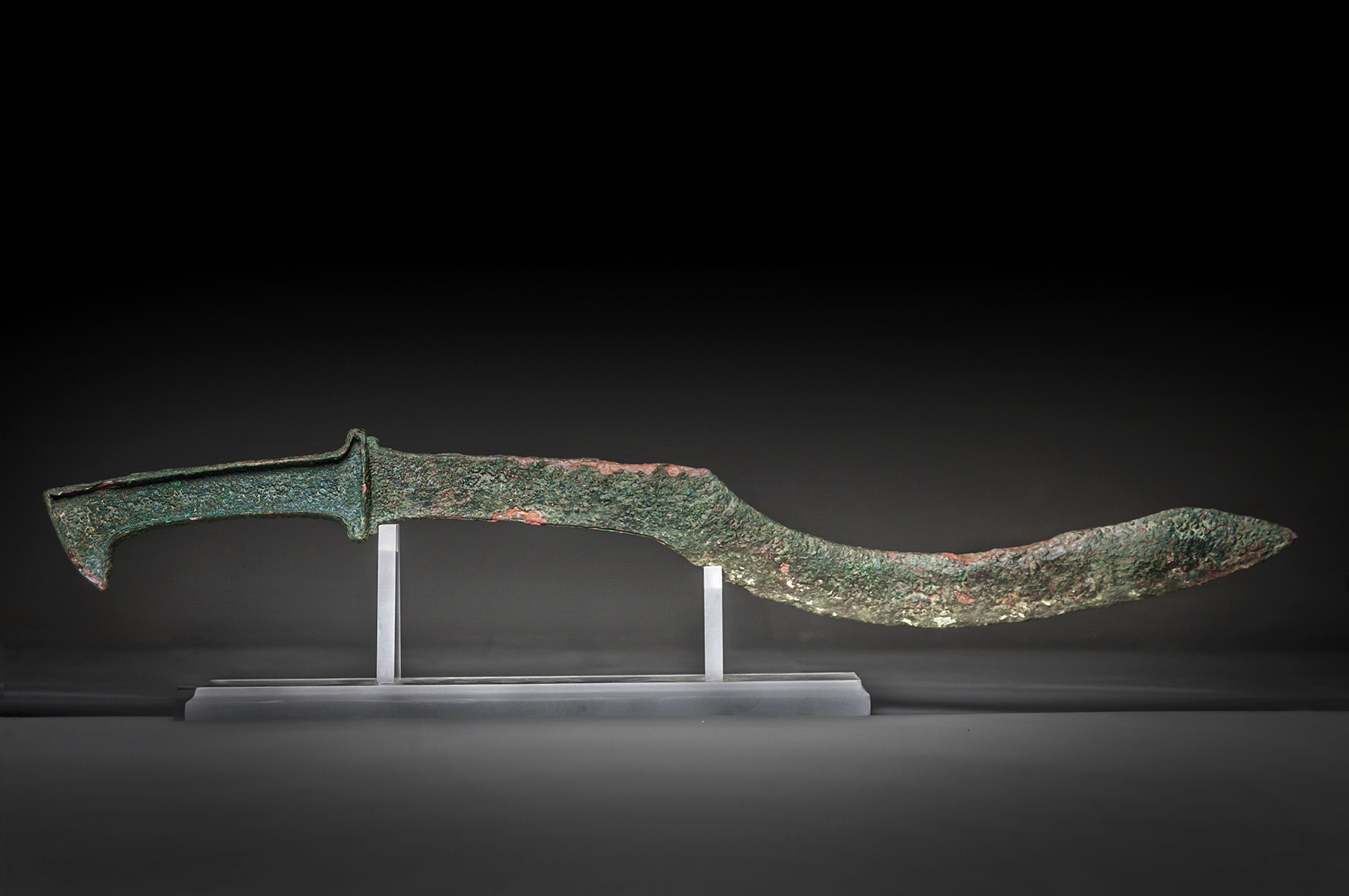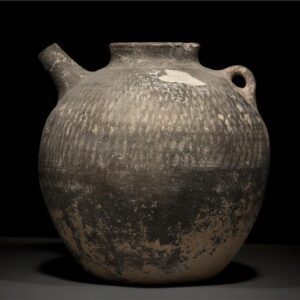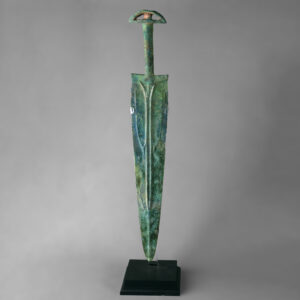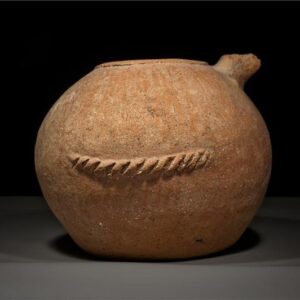Canaanite bronze sickle sword. The sword blade curves for two thirds of its length but is straight at its lower end. The handle has raised edges and ends in a “comma” to ensure the grip.
Reference: Y. Yadin, “The Art of Warfare in Biblical Lands” (London, 1963), p. 207



